After many delays, the James Webb Space Telescope finally launched in December 2021, and has been sending home stunning images of the stars around us ever since. Hubble was nothing, but James Webb takes truly breathtaking images.
The Royal Greenwich Observatory shows in a photography competition year after year that this is not necessarily the case To 10 billion dollars For someone to be able to take amazing pictures of the universe – in fact, you don’t even have to leave the Earth itself.
Early Thursday evening, the organization presented the winners of the 15th astrophotography competition, which also included a Hungarian contestant. We display images divided into categories.
Galaxies
Andromeda, Unexpected – Photography by Marcel Drechsler, Xavier Strottner and Jan Sainty
The winner in this category, and in the entire competition in general, is the amateur team led by Marcel Drechsler. With the help of Xavier Strottner and Yann Sainty, Drechsler captured an image of the Andromeda Galaxy. This may sound good in itself, but an unexpected addition was found in the image: there was a huge arc of plasma pulling up next to Andromeda.
Sagittarius is now being studied by a multinational research team, because it may be the largest phenomenon of its kind in our corner of the universe. Andromeda is the closest spiral galaxy to us, so a lot of pictures have been taken of it.
“What does the average explorer photo look like? Usually it is fuzzy, black and white, and you can only detect some almost invisible dots or colors, which at first glance seem incomprehensible. However, this was not the case in this case. This photo “Astronomy is as precious as it is dazzling. Not only does it showcase the Andromeda Galaxy from a new angle, it also takes astrophotography to a new level.”
said Laszlo Francics, one of the jury members.
The photo was taken near Nancy, France.
Our day

Question of the Sun – Photography by Eduardo Schaberger Bobo
The photo “Question of the Day” by Eduardo Schaberger Popo won this category. It gets its name from the flames that appear on the surface in the shape of a question mark. They are arcs of plasma in the Sun’s atmosphere, which are formed by magnetic fields. The image is a mosaic joined from two panels.
“It’s a very well captured image. Although we’ve seen the surface of the sun before, I’ve never seen a question mark shape on it. If you zoom in on the sun, the image looks quite painted – I can almost see the brush strokes.”
Another jury member, Sheila Kanani, said about the photo.
The photo was taken in Rafaela, Argentina.
Sir Patrick Moore Award for Best Newcomer
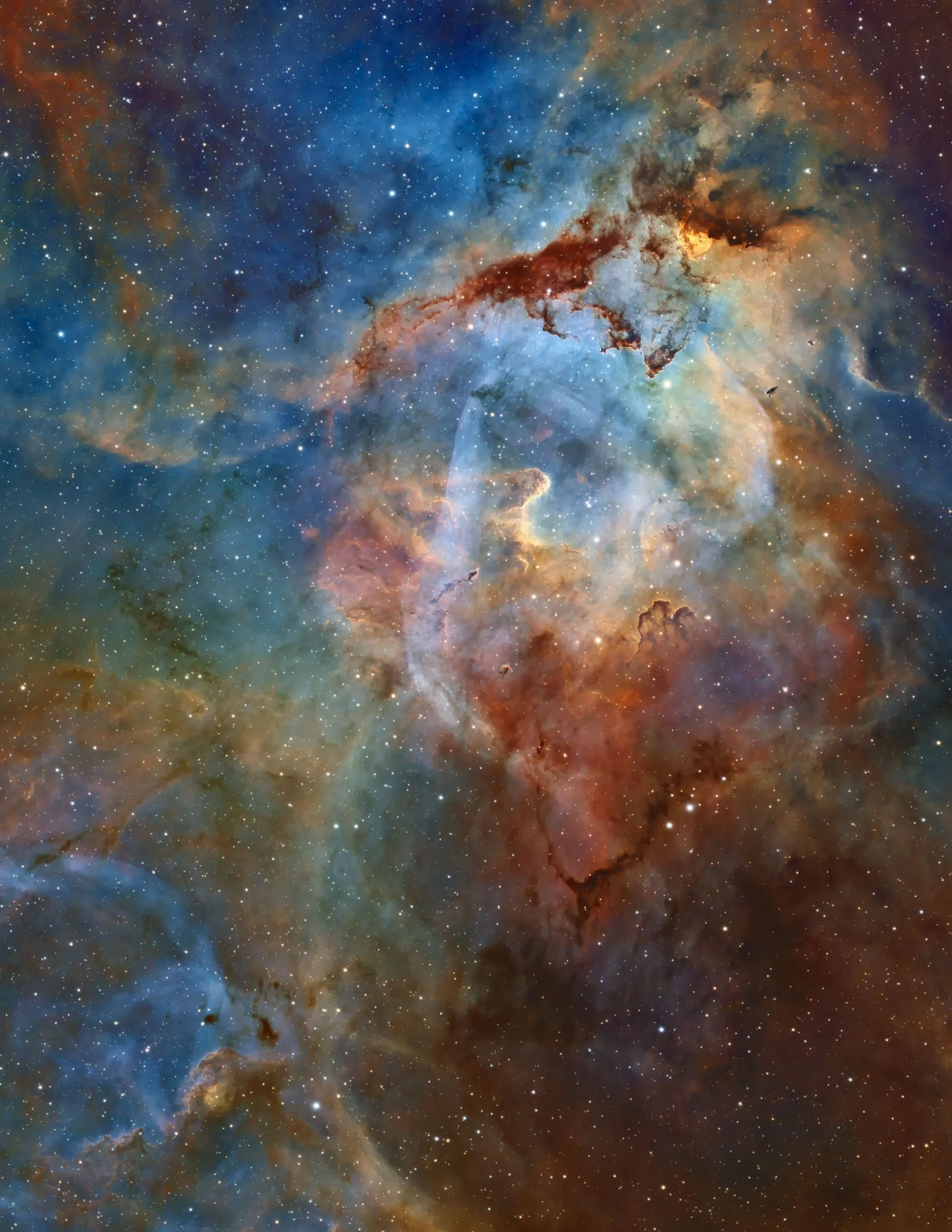
Sh2-132: Blinded by the Light – Photography by Aaron Wilhelm
Aaron Wilhelm won the Newcomer Award for his image of the Sh2-132 nebula complex. The complex is located next to the constellations Cepheus and Lacerta and is home to more deep space structures. The photo was taken based on 70 hours of data and shows the complex’s gas chimneys perfectly.
“Astrophotographers are distinguished by their stamina and endurance. (…) The subtle but varied colors of the entire plate are highlighted, the dark, sinuous dust lines are highlighted in excellent detail, the stars are perfectly round and there is no sign of slippage. All this from a newcomer to the field This shows that even in the early stages of astrophotography, there are no limits to what we can achieve.
– Jury member Steve Marsh commented on the photo.
Photo was taken in Santa Monica, California, USA.
Northern lights
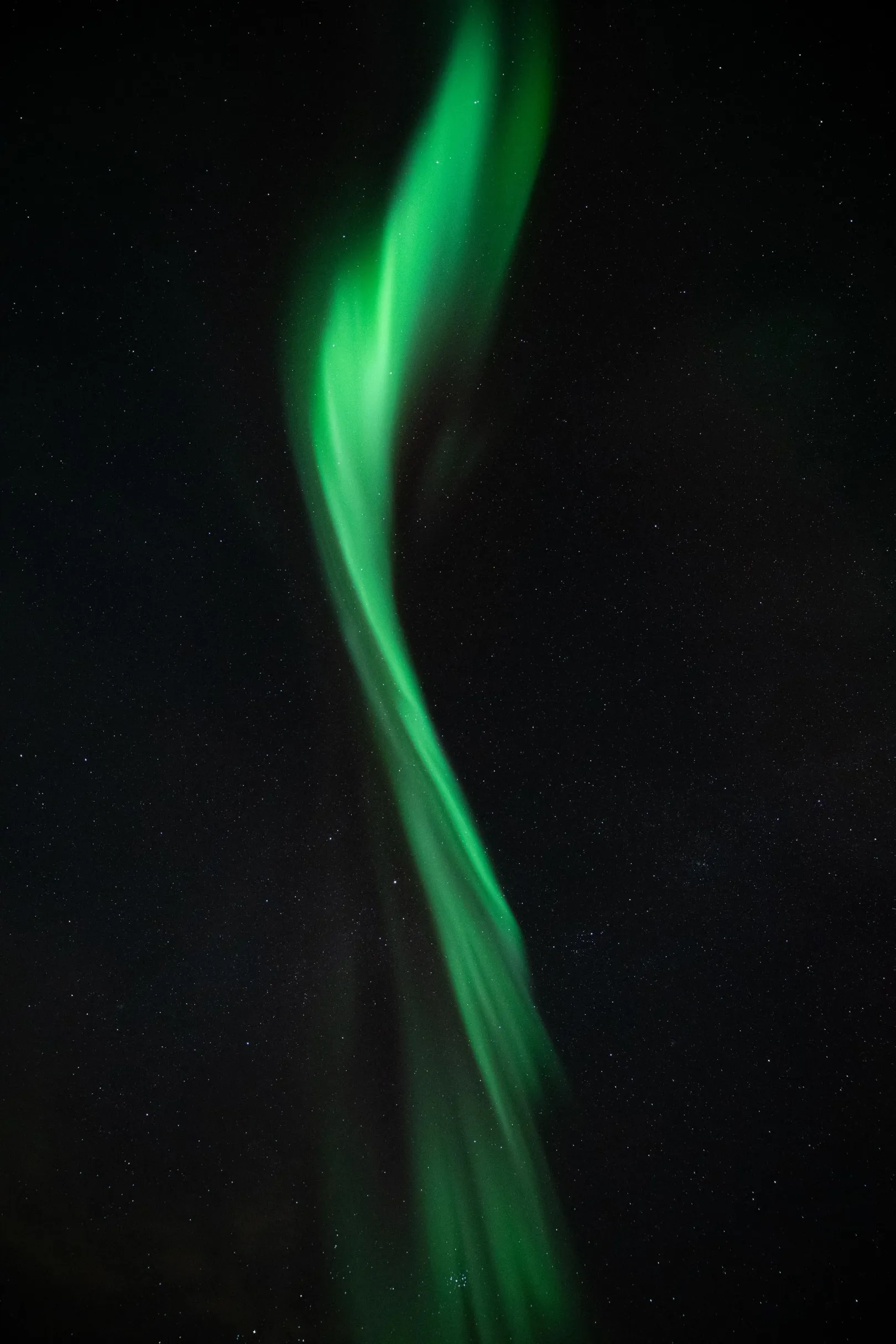
Brushstroke – Photo: Monica Deviat
Monica Deviat won this category with Abstract Polar Light. Unlike usual, the photographer focused only on the line of light rolling across the night sky like a brushstroke.
“The jury was all for the simple elegance of the abstract image. We are used to seeing the aurora borealis from a terrestrial perspective, where mountains, trees and man-made objects surround the dancing lights. The photographer offers something completely different, focusing on the independent beauty of the strip of light.”
Jury member Catherine Gazzard praised the photo.
Photo taken in Otjoski, Lapland, Finland.
Planets, comets and asteroids
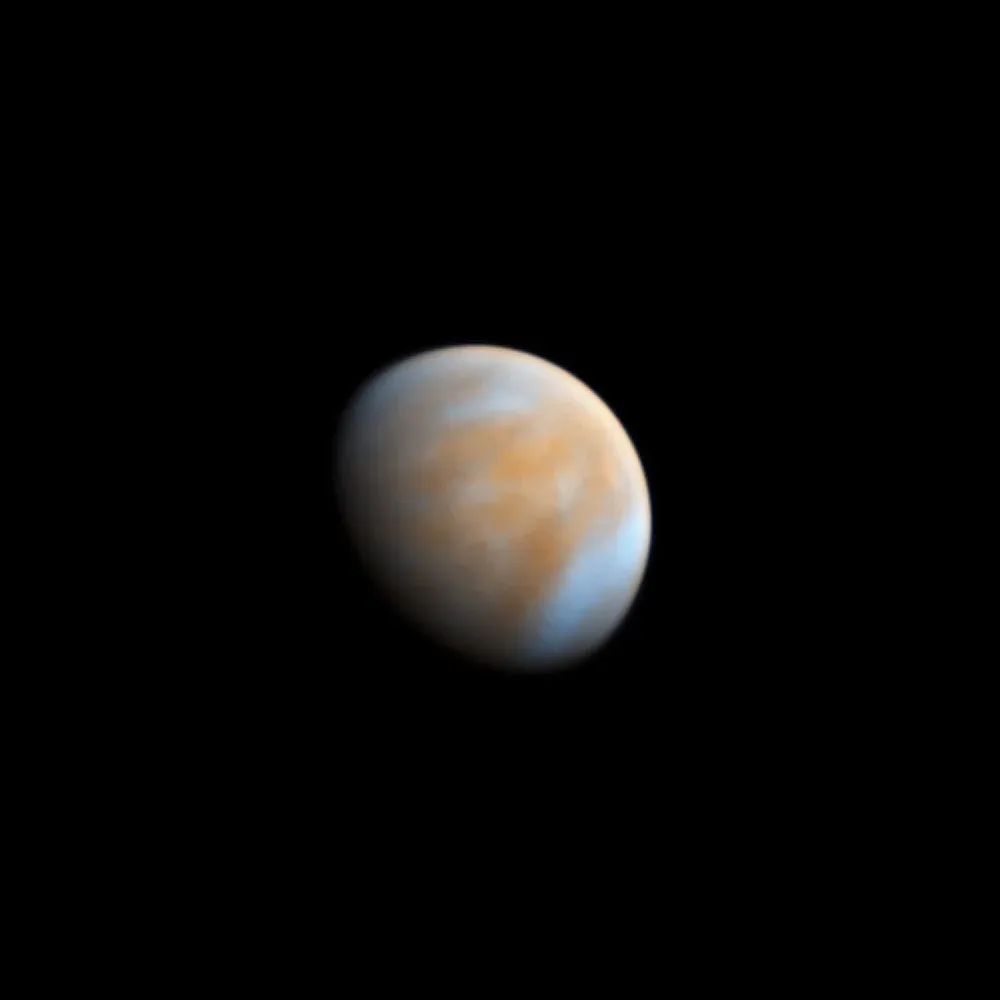
Hanging in the Sunbeam – Photography by Tom Williams
Tom Williams’ winning image of Venus was created using false colour, infrared and ultraviolet light. Because he left the spectrum visible to the naked eye, entirely new elements of the planet’s atmosphere appear in the image.
The photo was taken in Trowbridge, UK.
Humans and space
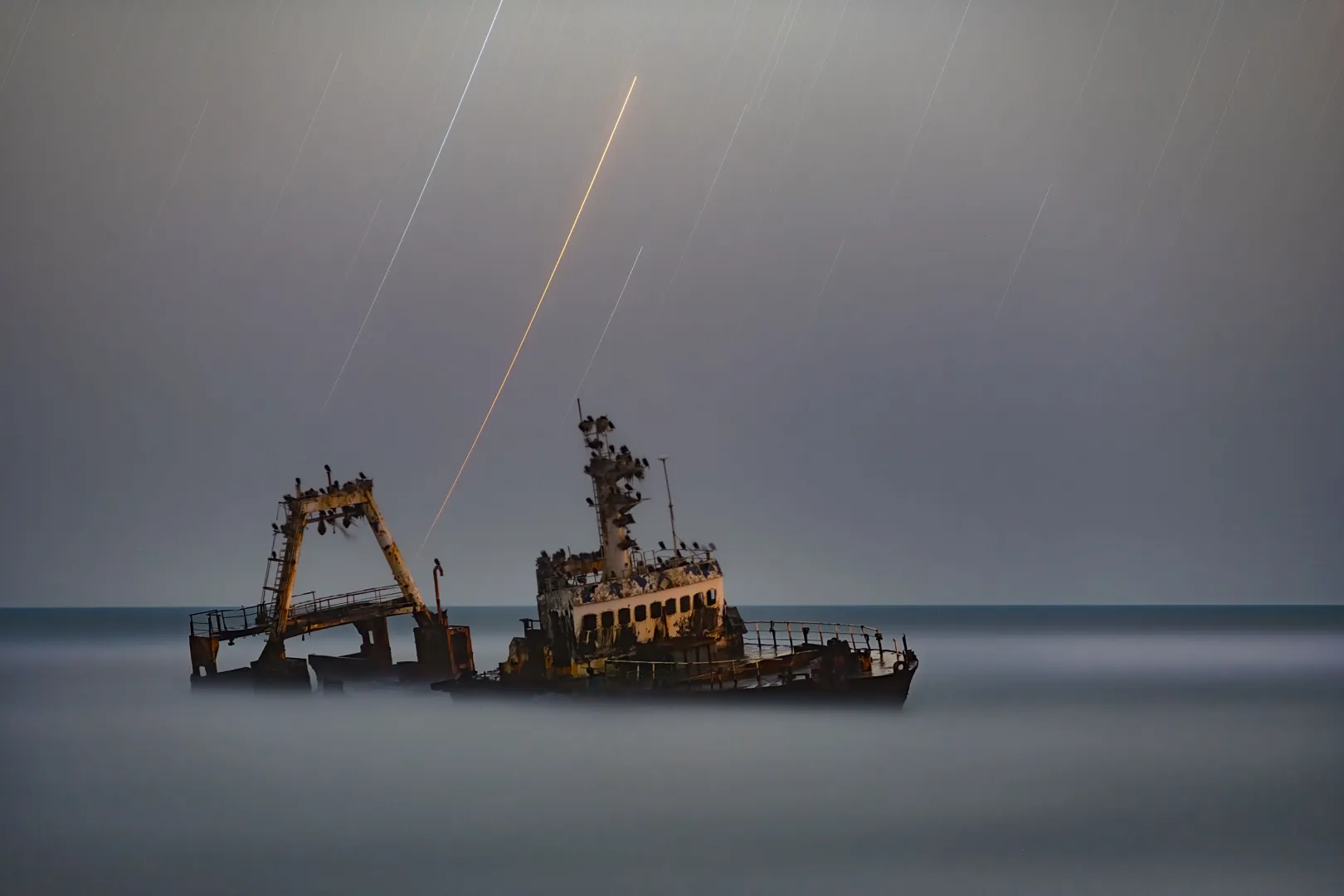
Zilla – Photography by Vikas Chander
The ship in the photo, Zilla, ran aground on the notoriously dangerous northern coast of Namibia on August 24, 2008. However, it is still in very good condition, so Vikas Chander was able to photograph it with some stars.
The photo was taken in Namibia.
the moon

Mars Collection – Photography by Ethan Chappell
On December 8, 2022, a Martian eclipse occurred, with the Moon standing between Earth and Mars. That’s why Ethan Chappell was able to photograph the two celestial bodies at the same time. The image shows the southern hemisphere of Mars peeking out from behind the moon, in wonderfully rich detail.
Photo was taken in Cibolo, Texas.
Stars and nebulae
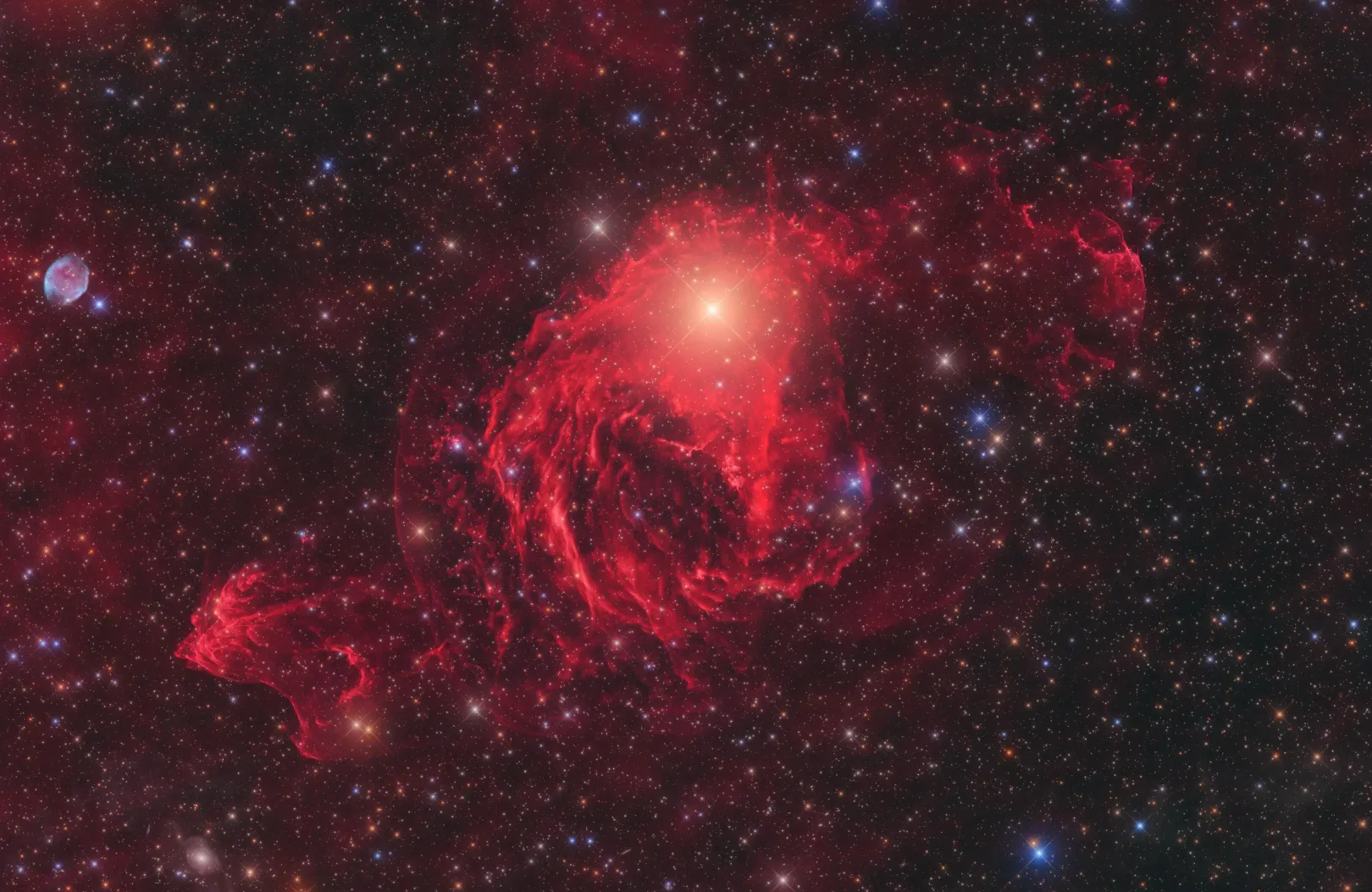
A new class of galactic nebulae around the star YY Hya – Photography by Marcel Drechsler
This category was also won by Marcel Drechsler and Xavier Strottner. A previously unknown nebula was seen in old photos, in the center of which two stars lived next to each other. They were taken over the course of 100 nights for a total of 360 hours of exposure.
“This is a stunning image of the Hydra star and its interstellar environment. Remarkably, the nebula was discovered during a search for previously unknown galactic emission nebulae. After more than 360 hours of exposure, the photographer discovered a beautiful, very deep stellar remnant. This image is really nothing impressive “Not only is it a great example of how amateur and professional astronomers can come together and achieve remarkable results through collaboration.”
– said one of the jury members Juri Bilecki.
Photo taken in Offaly, Chile.
Sky pictures
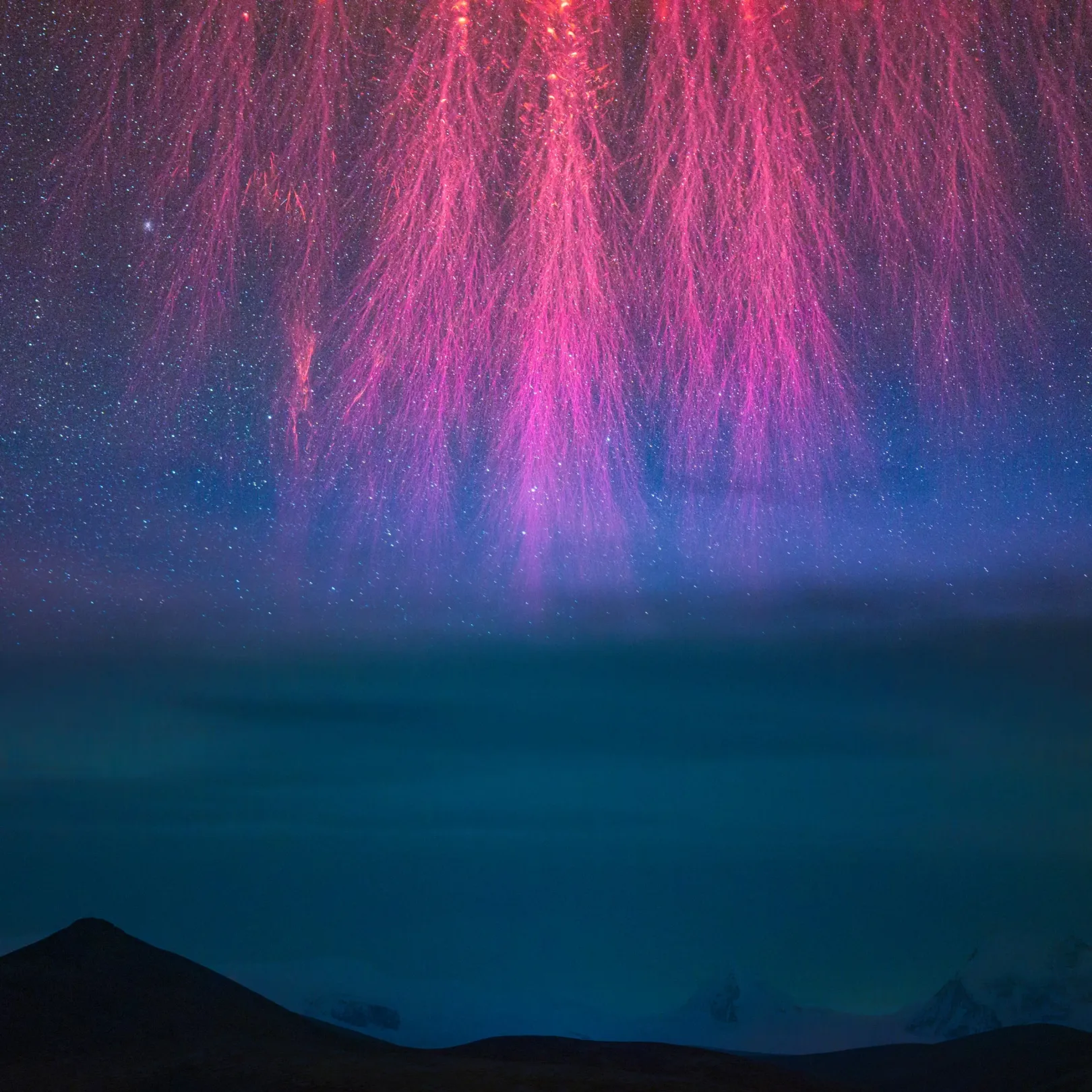
Grand Cosmic Fireworks – Photo by Angel An
Angel An photographed this red Ghost Nebula emerging from the highest peak in the Himalayas, which looks like red lightning with a slight exaggeration and tends to occur much higher than normal.
The jury pointed out that although the colors themselves looked very good, it wasn’t what they captured in the photo, but rather the details of the beams, and the fact that they didn’t photograph the entire phenomenon (which, by the way, extends much higher).

Quiet Night – Photography: Peter Huzang
In this category, the jury highlighted Peter Husang’s photo, taken at the summer solstice. At this time, the night lighting clouds are rare, and the simple scenery is reflected in the lake with perfect symmetry.
“The image radiates tranquility and balance. Just like the location, the Great Plain, one of the flattest places in Europe, exudes endless tranquility. This tranquility is surrounded by salt lakes, some shadows and beautiful celestial phenomena on a summer night.
Francis said.
The photo was taken in Abajbuszta.
Young Astronomical Photographer of the Year
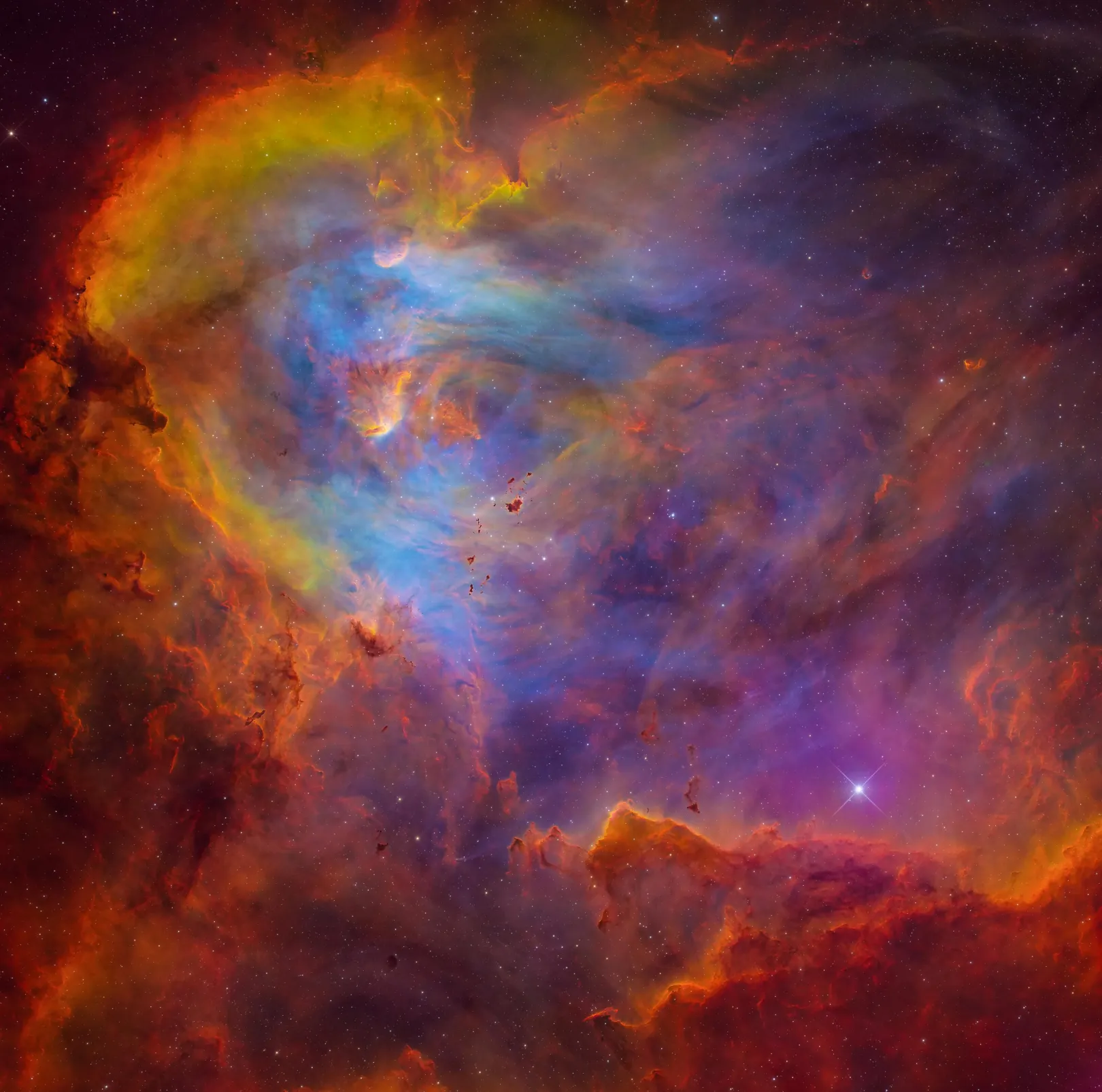
Running Chicken Nebula – Image: Runwei Xu and Binyu Wang
In this category, Runwei Xu and Binyu Wang’s image of ICC2944, the Running Chicken Nebula, won. It is located in the constellation Centauri, about 6,000 light-years from Earth, and the Collinder 249 star cluster can be clearly seen.
The photo was taken at El Sauce Observatory in Chile.
Annie Mander Award for Image Creativity
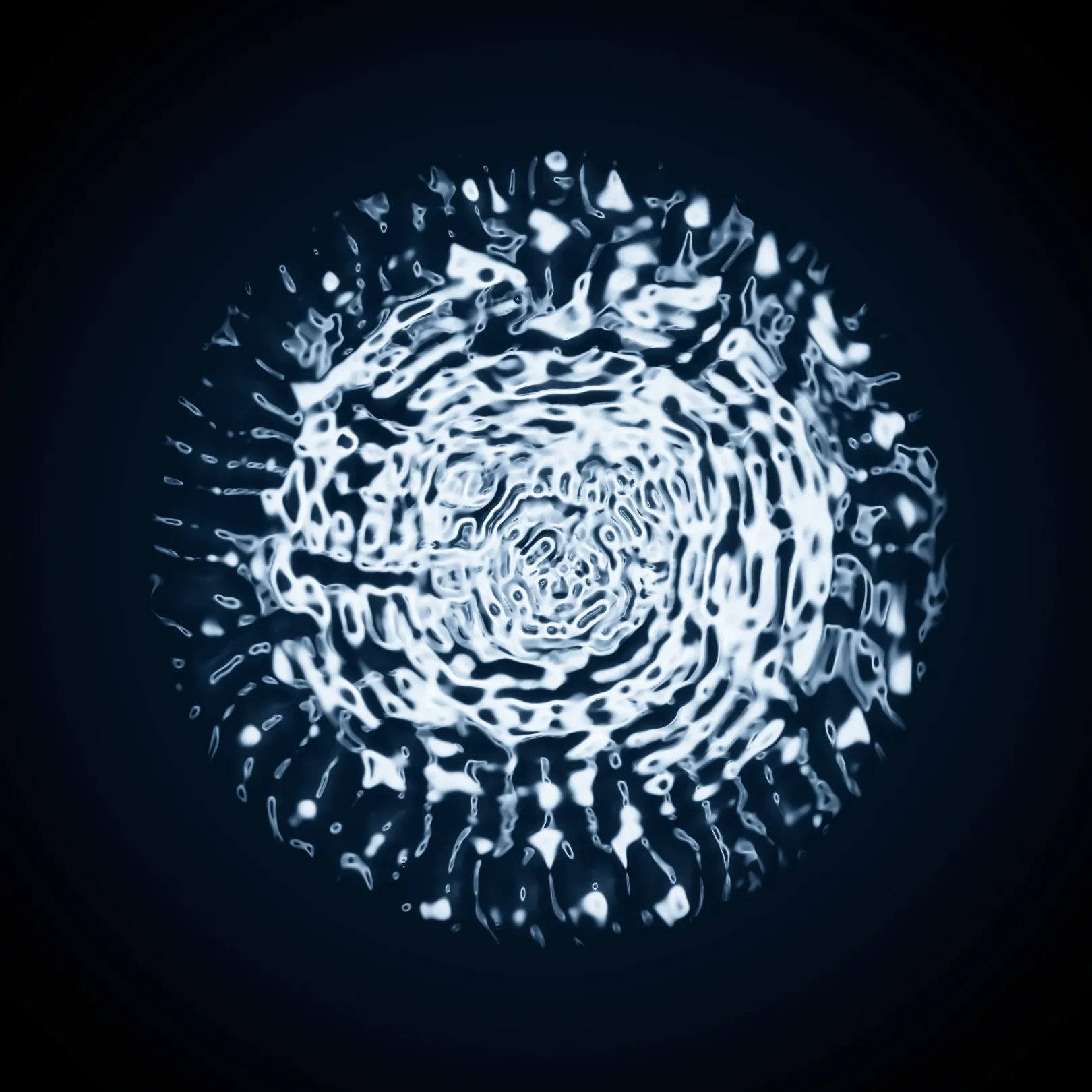
Black Echo – Photography by John White
Based on audio from NASA’s Chandra Sonification project, John White visually captured the sound of a black hole at the center of the Perseus Galaxy. White placed the Petri dish on top of the loudspeaker while the NASA audio played. By experimenting with different lights, lenses and sizes, he searched for the most amazing sounds.












































